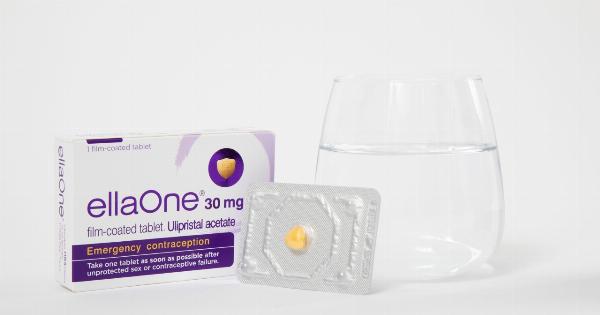Birth control is a common topic of discussion among women of all ages. With various options available in the market, selecting the right birth control method that caters to individual needs could be daunting.
While it is essential to make an informed decision, seeking the advice of a gynecologist could prove useful, as they understand the different types of birth control options and how they work. In this article, we’ll look at some of the popular birth control methods that gynecologists recommend.
The Pill
The birth control pill is a widely used contraceptive method, designed to prevent pregnancy by inhibiting ovulation.
The pill contains hormones that simulate the natural reproductive hormones in the body, leading to a change in the cervical mucus and preventing the fertilization of the egg. Gynecologists consider the pill to be a highly effective birth control method, with over 99% success rate when used correctly.
The Contraceptive Implant
The contraceptive implant is a small plastic rod that is inserted under the skin of the upper arm, designed to release a hormone that prevents ovulation.
The implant works for three years, and gynecologists suggest it to women who do not want to take a pill every day or who have a history of blood clots. The implant has a success rate of over 99% when used correctly.
The Intrauterine Device (IUD)
The IUD is a small, T-shaped device that is inserted through the cervix and into the uterus. The IUD can be hormonal or non-hormonal, depending on the type, and it works by preventing fertilization or implantation of the fertilized egg.
Gynecologists recommend the IUD as a long-term birth control method with a success rate of over 99%.
The Depo-Provera Shot
The Depo-Provera shot is a hormone injection that is taken once every three months. The shot releases a synthetic hormone that prevents the ovaries from releasing an egg.
Gynecologists suggest the shot to women who are looking for a long-term birth control method but are not interested in using the IUD or the implant. The shot has a success rate of over 99% when used correctly.
The Birth Control Patch
The birth control patch is a small adhesive patch that is placed on the skin and releases hormones that prevent ovulation. The patch is replaced every week, and gynecologists suggest it to women who do not want to take a pill every day.
The patch has a success rate of over 99% when used correctly.
The Cervical Cap
The cervical cap is a small, silicone cap that is placed over the cervix and prevents the sperm from reaching the egg. The cap is used with spermicide and can be left in place for up to 48 hours.
Gynecologists suggest the cervical cap to women who cannot use hormonal birth control methods and are comfortable using barrier methods. The cap has a success rate of around 86% when used correctly.
The Diaphragm
The diaphragm is a small, silicone cup that is placed in the vagina to cover the cervix and prevent the sperm from reaching the egg. The diaphragm is used with spermicide and can be left in place for up to 24 hours.
Gynecologists suggest the diaphragm to women who cannot use hormonal birth control methods and are comfortable using barrier methods. The diaphragm has a success rate of around 88% when used correctly.
The Male Condom
The male condom is a barrier method of birth control, designed to prevent the sperm from reaching the egg. The condom is placed over the penis and is made of latex or polyurethane.
Gynecologists suggest condoms to men and women who want to protect themselves against sexually transmitted infections (STIs) and who want to use a non-hormonal birth control method. Condoms have a success rate of around 85% when used correctly.
The Female Condom
The female condom is a barrier method of birth control, designed to prevent the sperm from reaching the egg. The condom is placed inside the vagina and is made of polyurethane.
Gynecologists suggest female condoms to women who want to protect themselves against STIs and who want to use a non-hormonal birth control method. Female condoms have a success rate of around 79% when used correctly.
The Withdrawal Method
The withdrawal method is a natural birth control method that involves the man pulling out before ejaculation. Gynecologists do not recommend this method as it has a high failure rate, with the sperm having the potential to leak before ejaculation.






























